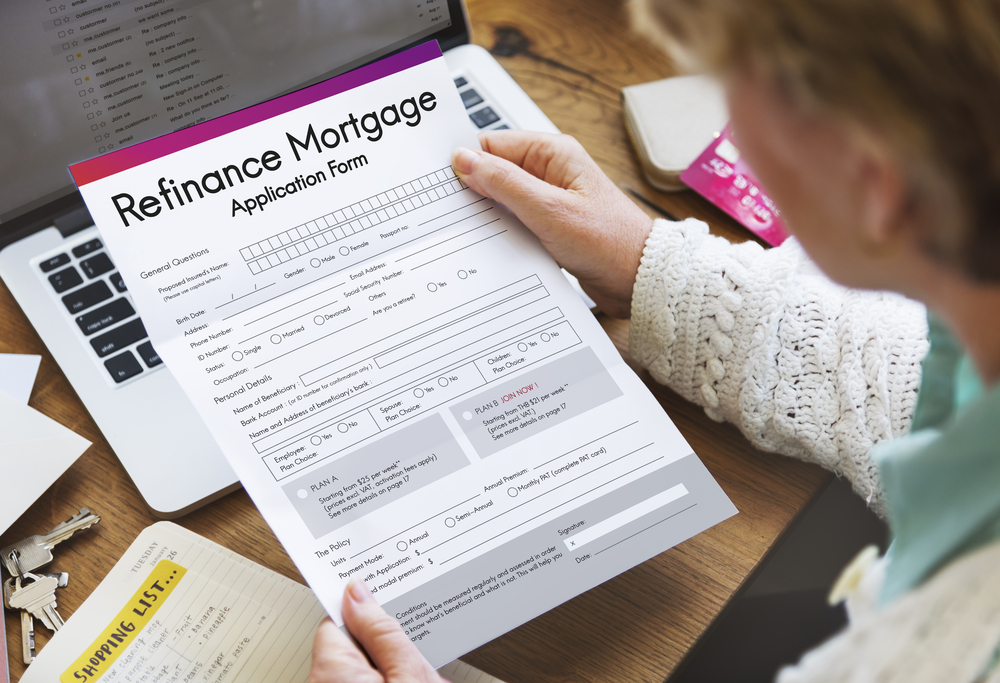A Guide to Financing for Home Improvement

Whether you’re a long time homeowner looking to spruce things up, or just recently bought a fixer-upper, home improvements can be a daunting challenge. Figuring out how to finance it can be even more of a task. This guide to financing for home improvements will walk you through the process and make undertaking a renovation a lot more manageable.
Planning home improvement
First thing you need to do is plan your home improvement. Depending on how big the project is, you may even need to meet with a contractor to help you complete it. It’s essential to have a framework in mind whether you are completing the project yourself or using a contractor. The National Homebuilders Association suggests things such as:
- setting a schedule
- requesting a written proposal
- requesting a written lien waiver when the work is complete
You may have never heard of asking for a written lien waiver from your contractor, but if they used sub-contractors for any of the work, then the contractor is responsible for paying those sub-contractors, not you. Having this waiver is important because the document verifies that those workers were paid.
Figure out your financing
Now that you have a plan in place and a trusted contractor picked, you need to take a look at how you’re going to pay for your home improvements.
- Cash – This is obviously the easiest, most straight-forward way to pay. If you have the funds available, not having to worry about financing is nice—and so is knowing that your home renovations are paid for.
- Home Equity Line of Credit (HELOC) – This type of loan uses the equity that you have built in your home to obtain the funds to pay for a home improvement. This type of loan uses your home as collateral, so it’s a lien on your property, just like any other type of mortgage.
But with a HELOC, you can use it, pay it down, and still have access to the line of credit. You will also get to deduct the mortgage interest points from your taxes, if you itemize your deductions.
Interest rates for HELOCs are typically pretty low and the term is usually several years- 5- to 15-year terms – so that keeps the payment relatively low. This type of financing is good for larger loan amounts, like $50,000 or more. - Credit cards – If you have access to a line of credit on a credit card, this can get you the cash that you need very quickly to pay for your home renovation. However, it can make a huge difference in how you use your credit card to pay for the home improvements. For instance, if you pay for it as a regular charge, the interest rate may be pretty high because it will be compounding at the standard interest rate. However, sometimes, credit card companies will send you checks that can be used to access cash and those may have short-term deals of low or 0% interest for a set period of time, such as a year or two. Using these checks typically have some sort of associated fee associated, so make sure you know the details of the offer before using them. Credit cards should only be used for smaller home improvements, of less than $15,000.
- Personal loans – These are unsecured loans, so you don’t have to use your home as collateral. But like a HELOC, personal loans can be taken out for longer periods of time, and offer higher loan amounts. However, because they are unsecured, like a credit card, the interest rates are often higher. Because personal loans are relatively easy to apply for and usually offer larger amounts than credit cards do, it may make sense to choose a personal loan for medium sized projects – between $15,000 and $50,000.
Where to find personal loans for home improvement
The most common providers for personal loans are:
- Local bank – This is the most common place to get a loan. But recently, lending regulations have tightened and it has become increasingly harder to qualify for loans.
- Credit union – Much like your local bank, credit unions offer traditional lending options. However, you typically need to be a member in order to qualify for a loan. Because credit unions are not-for-profit, you will most likely find that they offer the lowest rates.
- Peer to peer lending – This is a new method of online lending. While very nontraditional, peer to peer lending connects borrowers with their funds from investors. Investors put money into the company with the prospect of earning higher rates of return on their investment than a traditional savings accounts, and borrowers are able to apply for a loan, just as they would through any other type of lender.
Other financing options
While these options might not be the first place to start for a home renovation, they can be used for larger home improvement projects.
- Home equity loan (2nd mortgage) – Differs from a HELOC because it is for a fixed term, a fixed amount, and fixed payment.
- Cash out refinance – You can refinance your first mortgage and get a bit of cash out as a part of the refinance. Of course, there are closing costs involved, so when using this method of financing, make sure that you are getting other benefits of refinancing, such as a lower term or consolidating other debts.
- 401k loan – You may not realize that you have access to your 401k before retirement—without cashing it out and paying the tax penalty. But you do. You can take out a loan against your 401k, which you payback just like any other loan. The good news here: you’re paying the interest back to yourself instead of a bank.
How to get low rates
There are several factors that go into your interest rate, such as:
- the loan amount,
- term,
- type of loan,
- your income,
- ability to repay the loan,
- and most importantly, credit score.
Your personal credit score is probably the biggest factor in determining your rate because the higher your credit score, the lower your interest rate will be. Check your credit score for free here, or have only one lender pull credit. You should shop around for rates and products to find the best program, but don’t allow everyone that you speak with to pull your score, to avoid a ding on your score.
This article was originally published on Super Money.








